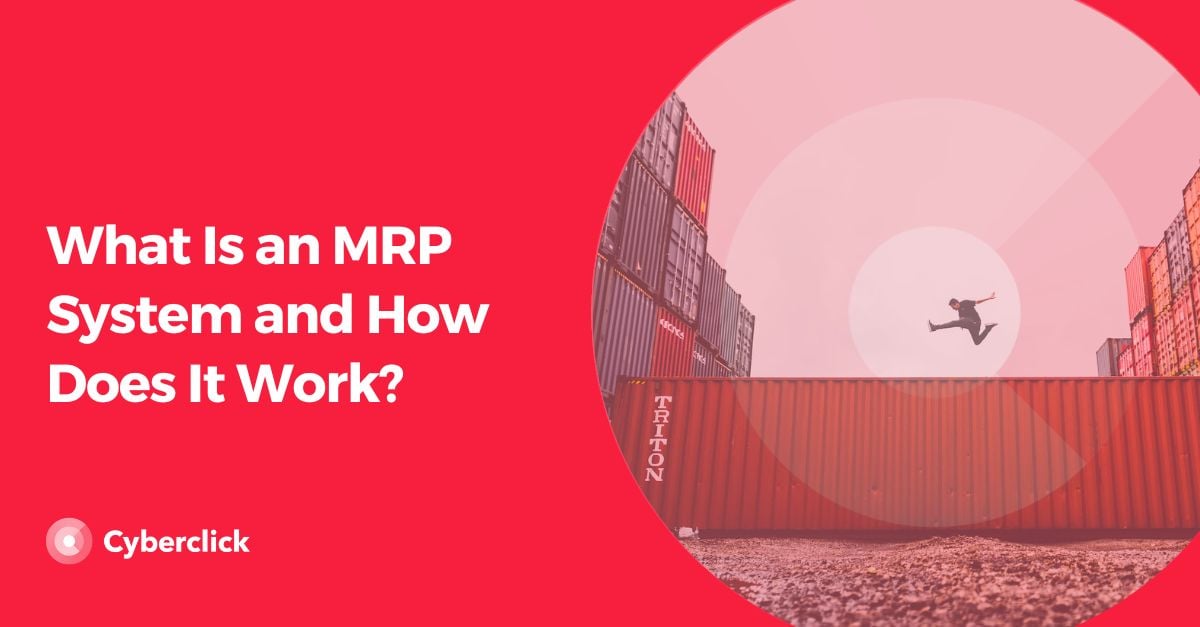MRP, which stands for material requirements planning, is a software that allows for the management of stocks based on the needs of the company and facilitates decision-making regarding the production and the distribution of products and services, as well as marketing.
The MRP system is highly useful for implementing a robust sales strategy and is especially designed for large enterprises. Monitoring stock becomes complex due to the quantity and variety of products or services available, and sometimes the production process involves multiple stages. MRP systems streamline production processes and organizational aspects of companies to increase profits while eliminating or minimizing errors, issues, or incidents.

Understanding the MRP System
The primary goal of the MRP system is to ensure that a company has all possible information and data about the stock to act accordingly and meet customer demand within the established timeframe.
Considering this primary objective, it's worth noting that an MRP system can reduce product stock by controlling unnecessary production that could lead to significant resource consumption. Simultaneously, there is enough data to address future demand. This is possible because it allows you to know the exact quantities needed to satisfy demand. Based on this information, production times and processes can be planned more efficiently, avoiding excess or insufficient stock.
An MRP system also enables the meticulous analysis of a company's inventory, including the products or services offered and the raw materials or resources available for production. In essence, it provides a detailed control of both inputs and outputs.
All these functionalities contribute to improvements in organization and optimization in the supply chain. The more control and organization, the easier it is to reduce production costs and make the most of the company's resources.
Advantages of Using MRP and Different Types
What must be taken into account is that there are different types of MRP systems, MRP I and MRP II.
MRP I mainly analyzes the production department, so its main function is to calculate the needs in raw materials, components, and manufacturing. It takes into account product demand and is based on the company's own history.
MRP II, in addition to the functionalities of MRP I, takes into account all departments in order to have much more accurate data regarding market demand. In order to apply this type of MRP system, the data and information of all the departments that make up the company as a whole must be included.
Regardless of which one is applied, an MRP system has the main advantage of improving customer service, since having so much control over the stock can ensure that the products are delivered on time. In fact, when you have so much information, the production process can be organized, planned, and executed on time so that all customers are satisfied and do not have to wait longer than necessary. This also helps give you an edge over the competition.
It has also been found that companies which use an MRP system have much more optimized and organized operations, which usually translates into more benefits and profits. This is mainly because an MRP system goes far beyond knowing the stock, as it helps control the financial, material, technological, and human resources of a company. This in turn allows you to detect and reduce those that are unnecessary, such as excess stock or overtime, and to focus on those that have a higher profitability.
In conclusion, the MRP system is an essential software for companies that want to optimize their production and organization processes to obtain more benefits, since having greater control over the stock and the demand can increase profits.






Leave your comment and join the conversation